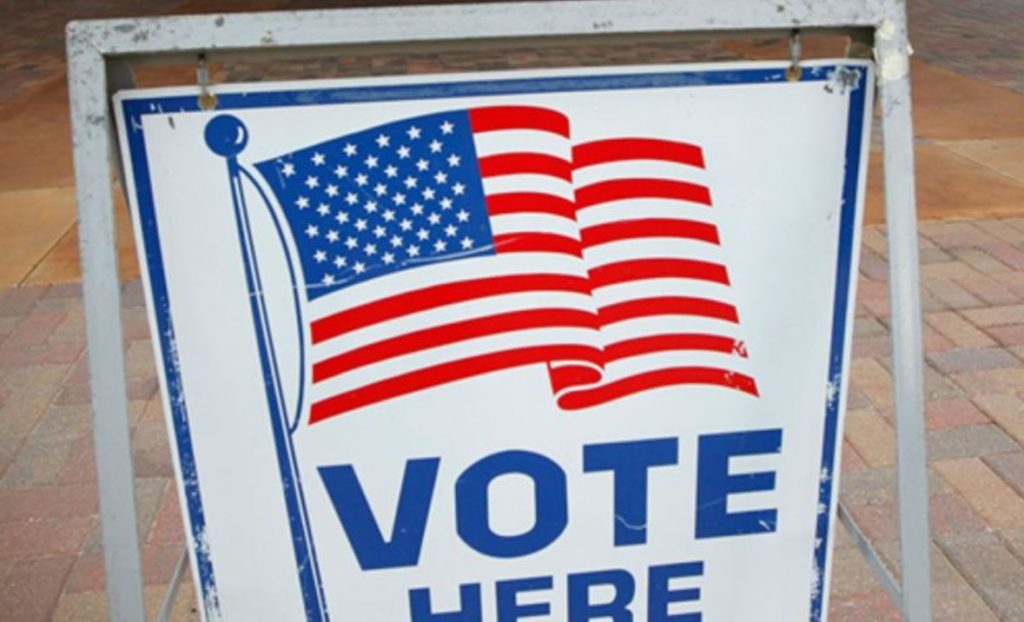Polls are all over the place. Recently within one day two polls on Senate race between Beto O’Rourke (D-TX) and Ted Cruz (R-TX). The first had Cruz up by 9 the second had O’Rourke up by 2. No one knows who will vote. If there is a hidden Progressive vote out there Midterm 2018 will be a Blue Wave and maybe a tsunami. Activists, Progressive & Democratic candidate must seek out or create hidden voters to ensure it.
I interviewed Democratic pollster Celinda Lake of Lake Research Partners at Netroots Nation 2018 who cautioned about exuberance over the yet to materialize Blue Wave. She agrees that polls right now have issues with modeling who and what turnout will look like. She is concerned about who the hidden voters are.
Celinda Lake alludes to the hidden voters
Salon’s article “America’s political pollsters could be missing the X factor in the 2018 elections — ‘hidden voters'” is probative for the current election cycle. It uses the Andrew Gillum’s win and Alexandria Ocasio-Cortez‘s win in the Bronx and other that shows how difficult modeling is this cycle.
In Alexandria Ocasio-Cortez’s surprise defeat of Rep. Joe Crowley, D-NY, in June, the New York Times reported a pre-election poll three weeks out had put the longtime Queens political boss 36 points ahead. She won by 15 points—in an election where Democratic voter turnout was exceptionally low, with 13 percent of the registered party members participating, but where voting by non-whites was crucial.
In Florida’s late August gubernatorial primary, there was lots of polling, but almost none saw the energy and momentum of Blacks who turned out in record numbers across the state to help Tallahassee Mayor Andrew Gillum, an African-American, beat a crowded field of more centrist Democrats. A week out from that primary, polls predicted Gillum would get 12 percent; he ended up winning with 34 percent.
Why were the polls so wrong?
Part of the problem with polls in these races — and this holds true for November — is that pollsters have a hard time with what’s often called hidden voters. That’s slang for people without voting histories. Some are new—or first-time voters. Some are registered but vote infrequently. And in low-turnout races like primaries, they are hard to detect, let alone reach for questioning over phone lines — especially younger people on digital devices. And if they are hard to detect, and hard to reach, then pollsters cannot adjust their raw numbers — which they all do — based on what they think mirrors the likely electorate.
“Polls missed youth turnout, and that happened in other races like Alexandria Ocasio-Cortez’s,” longtime Democratic pollster Celinda Lake told Vox.com, when asked about what was missed by pollsters in Gillum’s race. “The campaign also targeted campuses that just got back [to school]. Polls missed the enthusiasm and solidification of the African-American vote and the base Andrew had there.”
And that is what is occurring in places like Texas, Progressive enthusiasm and high registration. That said, how seriously should we take polls given that we do not really know the hidden voters make up?
So how seriously should the public take polls this fall — amid all the horse race coverage to come? As 2018’s elections enter their final stretch, voters should be skeptical of overly definitive pronouncements tied to polls. That can be somewhat less true if the polls reach sizable numbers of people at the district level. But most of the more localized polls are closely held by campaigns and are not released.
That’s the takeaway after talking to consultants and pollsters like Delany and Frankovic. Polls have many uses for campaigns, the press and even the public. But they also have blind spots—which is why they are to be viewed cautiously as the election crests.
In 2016, those blind spots — what’s been loosely called hidden voters — included many Trump supporters. This year, it appears the voters that are hiding from pollsters — at least in the primaries — are the infrequent or new voters that are helping Democrats, especially non-whites and women. However, the final polls should be tighter, Frankovic said.
“I expect greater primary poll errors,” she said. “Voters are less attentive in primary campaigns and far fewer vote. They make up their minds later and pollsters can miss them.”
The Blue Wave seems to be materializing. It will do Progressives well to remember that hidden voters are hidden because they usually don’t vote. They could just as well remain hidden. Nothing should be taken for granted.

